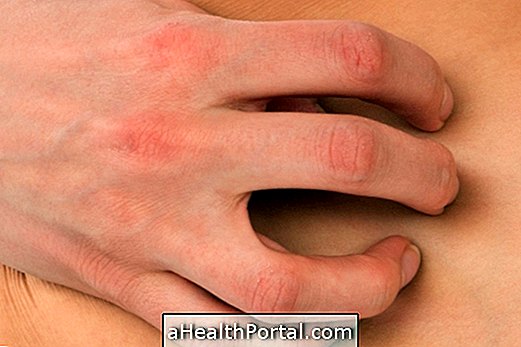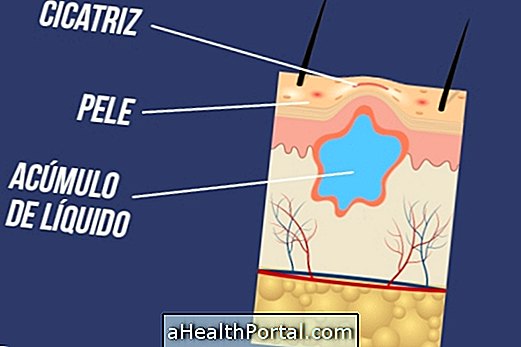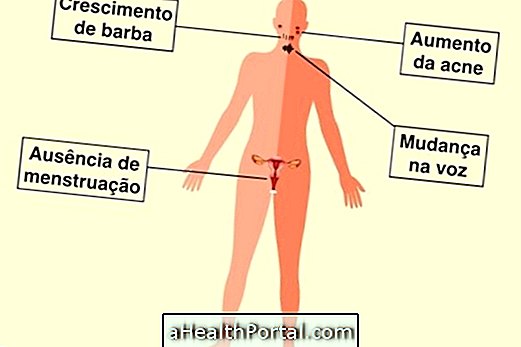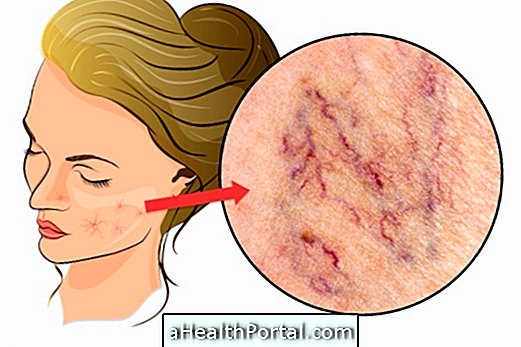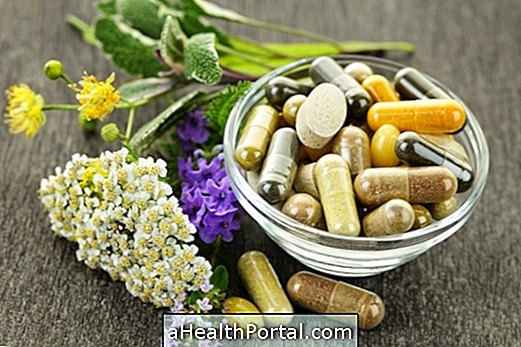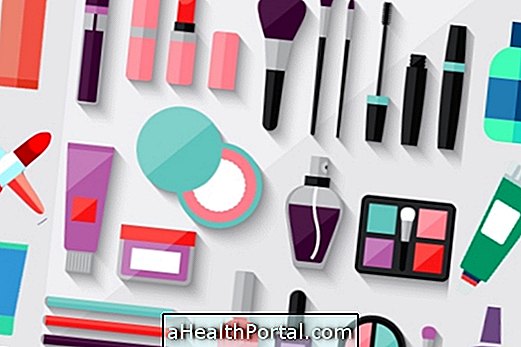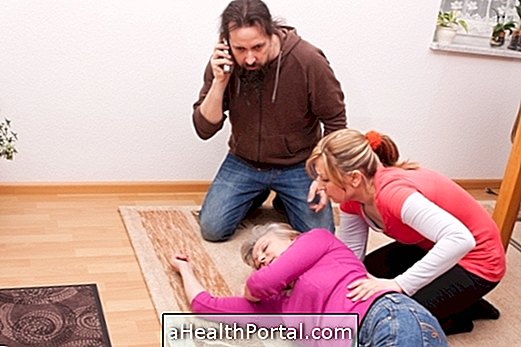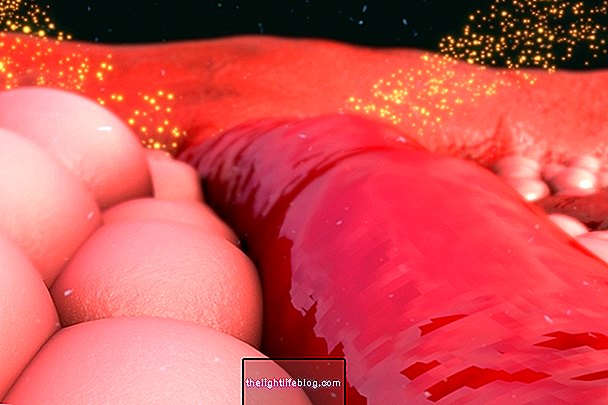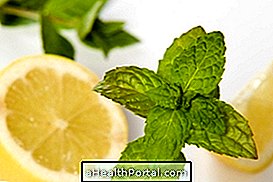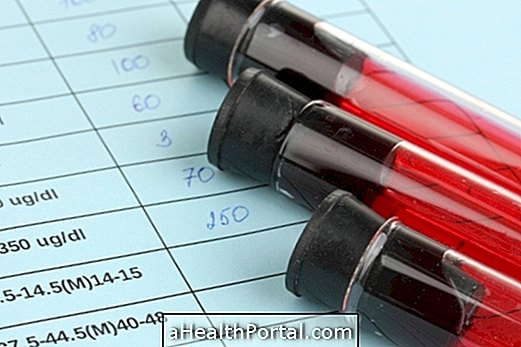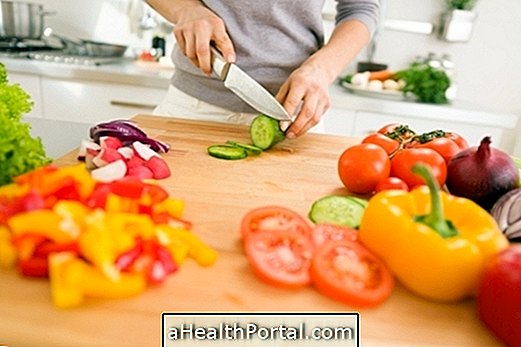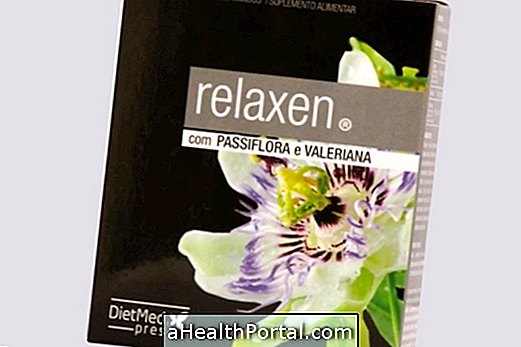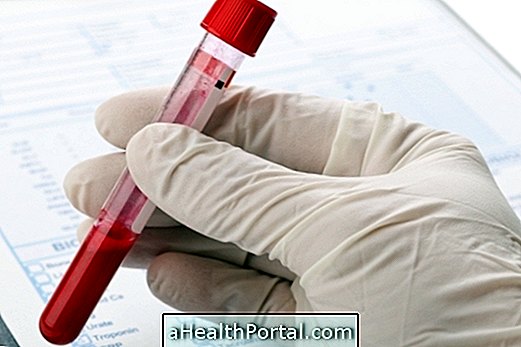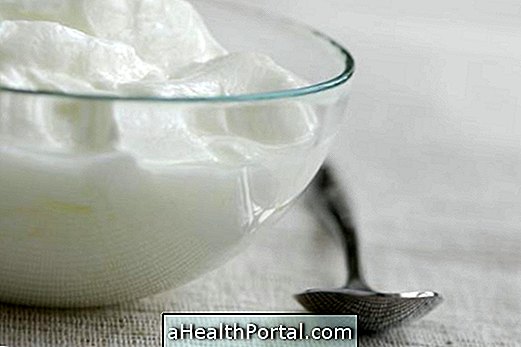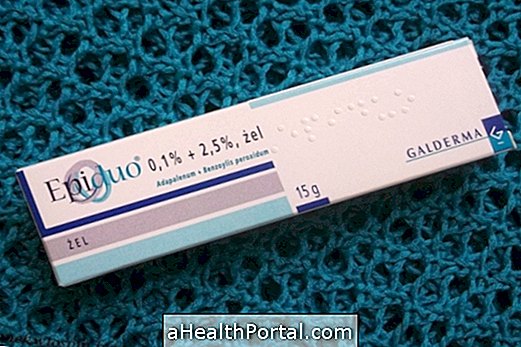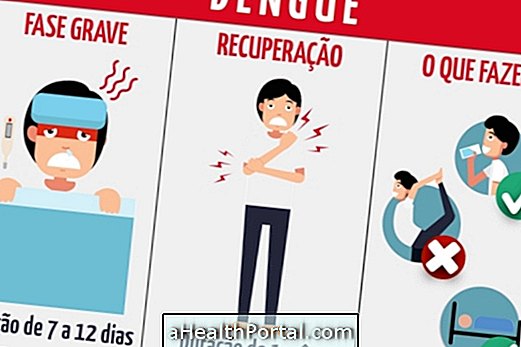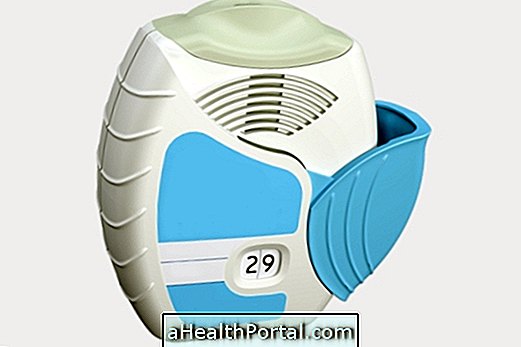The correct technique to turn a bedridden person on the side allows to protect the caregiver's back and decrease the amount of force necessary to turn the patient, which should be turned at the most every 3 hours to avoid the appearance of bedsores.
A good layout of positions is to place the person lying on his back, then turned to one side, again on his back, and finally to the other side, repeating constantly.
If you have a bedridden person at home, see how he should organize all the tasks necessary to provide all the necessary comfort.
6 steps to turn the bedridden person
1. Drag the patient, lying belly up, to the edge of the bed, placing their arms under the body.
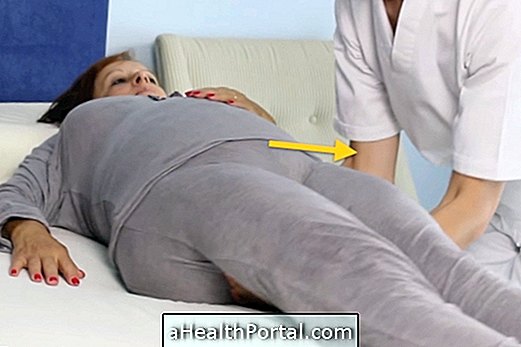
2. Extend the patient's arm so that it is not under the body when turning sideways and place the other arm on the chest.

3. Cross the legs of the patient by placing, on top, the leg on the same side of the hand that is on the chest.

4. With one hand on the shoulder and the other on the patient's hip, turn it slowly and carefully. For this step, the caregiver should put the legs apart and one in front of the other, supporting one of the knees in the bed.

5. Slightly turn the shoulder underneath the body and place a cushion on the back, preventing the back from falling on the bed.

6. To make the patient more comfortable, place a pillow between the legs, another under the arm above, and a small cushion under the leg that is in contact with the bed, above the ankle.

If the patient can still be lifted from the bed, he can also use the lift for the armchair as a change of position, for example. Here's how to raise a bedridden person step by step.
Care to be taken after becoming a bedridden person
Each time the bedridden person is seen, it is recommended to apply moisturizing cream and massage the parts of the body that have been in contact with the bed during the previous position. That is, if the patient has been lying to the right side, one should do an ankle massage, heel, shoulder, hip knee that side, facilitating circulation in these places and avoiding wounds.

